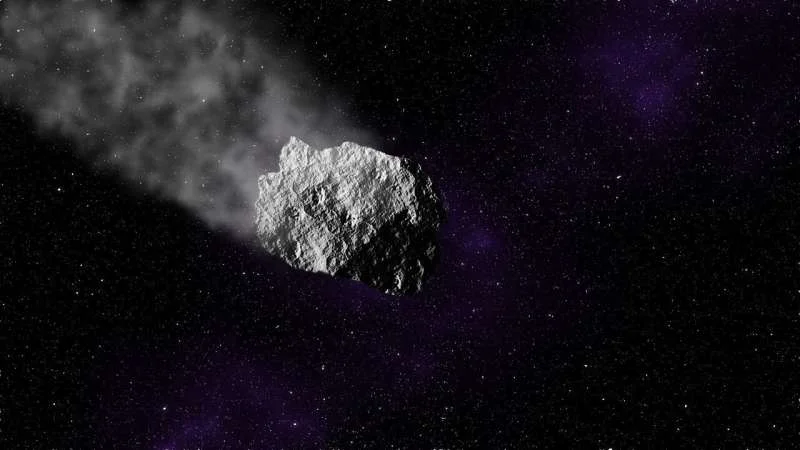The researchers found that 70 percent of the meteors came from three families of asteroids that formed as a result of recent collisions. They have identified the sources of more than 90% of all known meteorites.
A research team led by scientists from CNRS, the European Southern Observatory (ESO, Europe) and Charles University (Czech Republic) found that 70% of all known meteorite falls can be traced to just three families of young asteroids. These families formed as a result of three recent collisions in the main asteroid belt, 5.8, 7.5 and approximately 40 million years ago.
The team also identified sources of other types of meteorites; Thanks to this research, the origin of more than 90 percent of meteors was determined. This discovery is detailed in three articles first published in the journal September 13, 2024. Astronomy and Astrophysicsand two new articles to be published on October 16, 2024 Nature.
An international team of researchers has shown that 70% of all known meteorite falls come from three families of young asteroids (Carin, Coronis and Massalia), which formed as a result of collisions in the main asteroid belt between 5.8, 7.5 and about 40 million years ago. In particular, the Massalia family was determined to be the source of 37% of known meteorites.
Although more than 70,000 meteorites are known, only 6% have been clearly identified by their composition (achondrites) as coming from the Moon, Mars, or Vesta, one of the largest asteroids in the main belt. The source of the other 94% of meteorites, most of which are ordinary chondrites, is unknown.
Why are these three young families the source of so many meteors?
This can be explained by the life cycle of asteroid families. Young families are characterized by a large number of small items left over from collisions. This large number increases the risk of collisions between fragments and, together with their high mobility, the risk of them breaking out of the belt and possibly towards Earth.
On the other hand, asteroid families resulting from old collisions are “exhausted” meteor sources. The many small pieces that once formed them were naturally eroded and eventually destroyed after tens of millions of years of successive collisions and their dynamic evolution.
Thus Carin, Coronis and Massalia will inevitably coexist with, and eventually give rise to, new meteor sources resulting from recent collisions.
Method for tracing the family tree of meteors and asteroids
This historic discovery was made possible by telescopic examination of the composition of all major asteroid families in the main belt, combined with state-of-the-art computer simulations of the collisions and dynamical evolution of these large families. This approach was extended to entire meteorite families by identifying primary sources of carbonaceous chondrites and achondrites occurring in addition to those found on the Moon, Mars, and Vesta.
Thanks to this research, the origin of more than 90% of meteorites has now been determined. This also allowed scientists to trace the origin of kilometer-long asteroids — large enough to threaten life on Earth. These objects are the subject of many space missions (NEAR Shoemaker, Hayabusa1, Chang’E 2, Hayabusa2, OSIRIS-Rex, DART, Hera, etc.).
In particular, it was revealed that the asteroids Ryugu and Bennu, whose samples were recently taken by the Hayabusa2 (Japan Aeronautics and Space Exploration Agency) and OSIRIS-REx (NASA) missions and examined in laboratories around the world, especially in France, came from. from the same parent. Asteroid as Polana family.
The origin of the remaining 10 percent of known meteorites is still unknown. To fix this, the team plans to continue the study, this time focusing on the characteristics of all young families that formed less than 50 million years ago.













